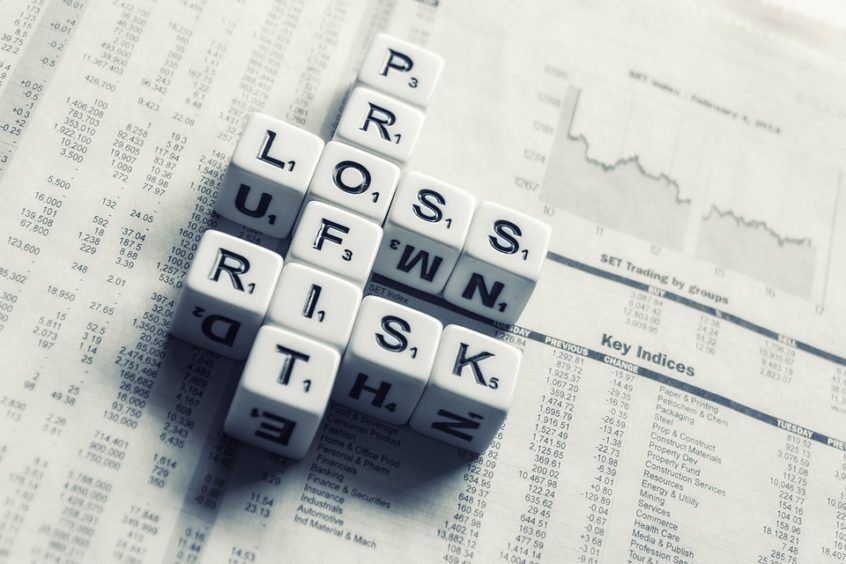One of our favorite investing books here at The Acquirer’s Multiple is The Most Important Thing by Howard Marks.
There’s one passage in particular in which Marks discusses how keeping one’s ego in check is the greatest formula for long-term wealth creation. Here’s an excerpt from the book:
The sixth key influence is ego. It can be enormously challenging to remain objective and calculating in the face of facts like these:









